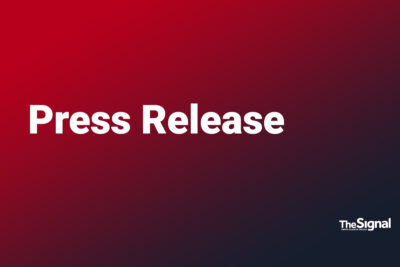By Andrew Clark | Signal Staff Writer
A sample of about 5,000 California drivers widely supported a pilot program that could pave the way for taxing motorists in Santa Clarita and statewide on a per-mile basis, according to a state report released this month.
The pilot program comes on the heels of Senate Bill 1, which raised regular gasoline taxes at the pump from 29.7 cents to 41.7 cents per gallon beginning in November in order to repair roads and bridges and improve transit.
The pilot program was initiated via a 2014 law written by then-state Sen. Mark DeSaulnier, D-Concord.
Republican Rep. Steve Knight, who represented Santa Clarita in the state Senate at the time, voted against the study, while Republican Sen. Scott Wilk, who was in the state Assembly at the time, voted in favor of looking at what the program might entail.
Wilk said Wednesday he supported the study, but also that he wouldn’t vote for a mileage tax due to a series of moves made by Sacramento officials since the vote in their management of transportation funds, including the raising of the gas tax.
“People wanted to take a look at that to see if it was a viable option,” he said. “There’s no way I would ever support moving forward with a mileage tax.”
The program also takes into account Senate Bill 32, which requires the state to have a 40 percent reduction in greenhouse gas emissions by 2030.
“Historically, the taxes on those fuels provided the majority of the revenue required to maintain and operate our transportation network,” the state report said. “As future consumption of gasoline and diesel fuel declines, due to increased fleet efficiency, California will be challenged to sustain its $2.5 trillion economy. Continuing to depend on a consumption-based transportation model, while at the same time adopting policies to increase vehicle fuel efficiency and promote the reduction of vehicle miles traveled, puts into question the long-term viability of the gas tax as a sustainable revenue model.”
The pilot program included 5,000 passenger cars, trucks and fleet vehicles over a nine-month period. The report said 85 percent of participants approved of the program. Participants were pulled from across the state, including 41 percent from Southern California, 46 percent from Northern California and 13 percent from the central part of the state.
“Some of the high-level survey results indicate that participants felt a road charge is a more equitable transportation funding solution than the current gas tax, but additional research is needed before implementation,” the report said.
Among those that participated in the pilot program was Victor Lindenheim, executive director of the Golden State Gateway Coalition.
“I wasn’t totally thrilled,” he said. “It was a little confusing to me.”
Lindenheim said the system for reporting mileage allowed for multiple ways to send in data, though he just sent in his information by taking photos of his car’s odometer with his phone.
While the pilot program used a tax rate of 1.8 cents per mile, the program was not revenue-neutral for the state due to the vehicles being used having an average miles per gallon higher than the statewide average, the report said.
Caltrans said in the report that it will work with federal agencies on ways to administer the road charge.
“While the mileage reporting methods tested in the Road Charge Pilot Program are all feasible, they cannot compete with the simplicity, cost effectiveness, and public acceptance of the current gas tax collection process,” the report said. “Acknowledging the need to investigate a road charging mechanism that replicates the current user experience, Caltrans is embarking on a study of a pay-at-the pump model that could produce reduced administrative costs over the other methods tested.”








